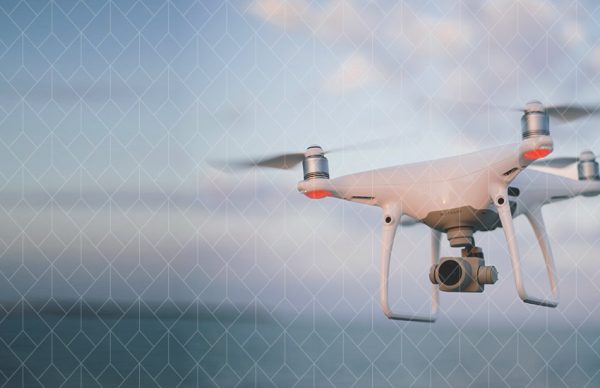Risks of vision loss can be predicted by deep learning models
Machine Learning Digest is a curated weekly news overview for those who are concerned about the Machine Learning development across a spectrum of industries. It provides brief summaries and links to articles and news, describing the most remarkable events in the ML sphere. Learn about the latest news in machine learning development.

Deep learning model identifies patients prone to vision loss
TechRepublic on September 26, 2019
Smart technologies become a new tool helping healthcare sector improve a lot. Nowadays a number of AI-based methods have been cheated especially for identifying people who may be at a higher risk of developing some disease than others. And now, the researchers at Genetech and Roche have created a deep learning model that can detect patients with vision problems related to diabetes that have a higher possibility to go blind.
Nowadays it is possible to estimate the progression risk of blindness for patients with similar symptoms, but an accurately prediction is quite impossible in case with an individual patient. In the new paper “Deep learning algorithm predicts diabetic retinopathy progression in individual patients”, the researchers speak about the technology able to predict which people are at the highest risk of vision loss within two years.
The analysis is based on images of the inside of the patient’s eye. The model was trained on the colored photographs of the inside of the eye of the patients with diabetic retinopathy. The deep convolutional neural networks (DCNNs) used in the research can analyze the images provided and produce an outcome prediction.
AI is creating personal recommendations for customers in traditional stores
Forbes on September 17, 2019
Another sphere that has significantly improved with the help of AI is retail. E-commerce and brick-and-mortar stores are competitive opponents both having their advantages and disadvantages. But the best solution here is combining strong points of both, and AI can be crucial here. The blend of smart technologies and old-fashioned customer service may help brick-and-mortar stores a lot in keeping relevant in the retail sector.
For example, new technologies can analyze images to match users with the preferable products as many customers nowadays are used to making visual searches before making purchases.
According to a study from a visual commerce company, the majority of customers tend to buy a product based on personal recommendations. If shops have a good understanding of the needs of their clients, customers may become more loyal to them. When it comes to shop assistants, human error can occur. And here smart robots are a perfect solution as they can easily replace people when dealing tasks of stocking, pricing and facing products inside a store.
As nowadays wide spreading of cashierless stores and self-checkouts rises a security issue, another important task that can be solved with the help of smart technologies is security arrangement. And here drones can become a perfect solution bieng an eye in the sky securing store and warehouses and performing construction management.
Financial institutions are searching for AI experts
CNBC on September 25, 2019
Nowadays financial institutions are searching for more professionals with knowledge of artificial intelligence, machine learning and data science, and these skills were required in job vacancies of the financial industry 60% more than before in the past year.
Some of the most common job openings in AI and finance are for machine learning engineers and data engineers, among other highly specialized software engineering roles.
Daniel Zhao, Glassdoor senior economist.
Daniel Zhao also mentions that now financial organizations need professionals able to help with navigation in the AI landscape, such as consultants or researchers. While AI seems to be spreading almost everywhere, not all job functions are connected with computer science. This means that no matter how clever the artificial system is, it will not be able to replace chatbot copywriters, product strategists and technical sales representatives.
The post Risks of vision loss can be predicted by deep learning models appeared first on EdGuards – Security for Education.
*** This is a Security Bloggers Network syndicated blog from EdGuards – Security for Education authored by edguards. Read the original post at: https://edguards.com/egnews/cyber-insights/risks-of-vision-loss-can-be-predicted-by-deep-learning-models/





